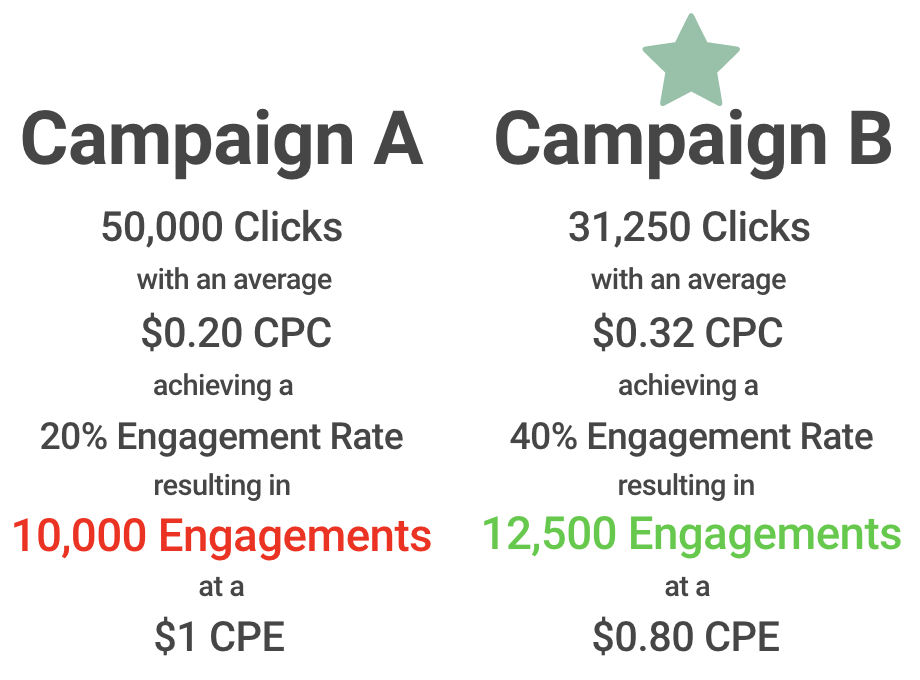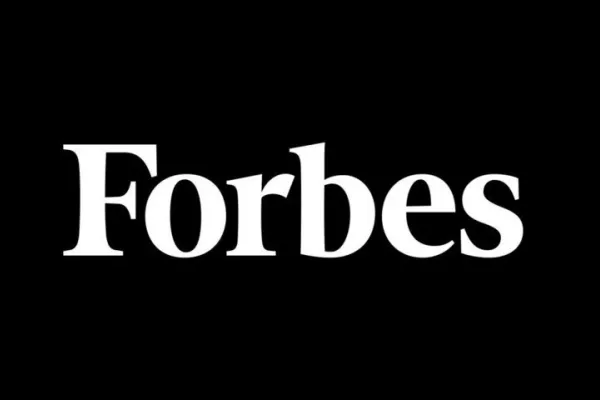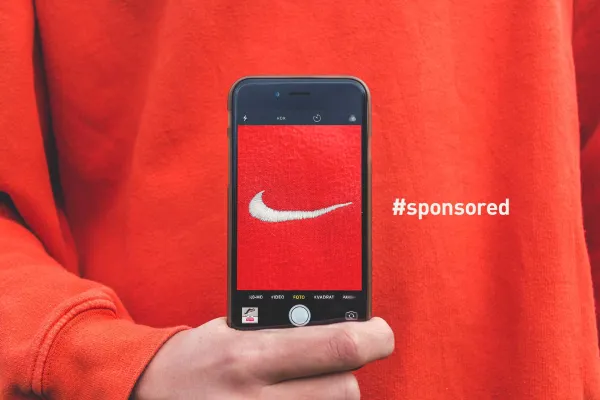
 Details
Details
High viewability and click-through rates on ad-units are great but mean little if users leave the promoted content before reading or watching it.
Native advertising uniquely empowers brands to put content, not just ad units, in front of their audience. Measuring success against this objective requires that advertisers look beyond the click. Not at just how many impressions are viewed or clicked, but instead at how many users engage with the promoted content.
Thankfully, the currency for branded content is evolving and advertisers are now able to promote media on cost-per-engagement (CPE) models.
RELATED: How Native Ad Studios Around the World Measure the Success of Native Advertising
While business objectives for advertisers within the native advertising ecosystem differ, the goal of native advertising is constant: to put content in front of a brand’s target audience and to have them choose to engage with it, to read or watch it.
Measurement of native advertising should reflect the basic objective of engagement especially since, as discussed below, it is linked to other upper-funnel engagement metrics.
Post-click activity should be the focus of any native advertising campaign since it reflects the goal of native advertising: to have users choose to engage. High viewability and click-through rates on ad-units are great but mean little if users leave the promoted content before reading or watching it.
Engagement with native advertisements breeds higher impact, an important consideration for media planners and buyers.
Measuring Engagement
Brands promoting owned content can and should use their existing web analytics or data management platform to track more detailed page view metrics. For content pages, these include time-on-site and scroll depth metrics. For videos, these include a variety of time-viewed and completion-rate metrics across vendors.
A recent study conducted by Nativo and comScore compared users exposed to just a native ad unit, against users exposed to both the native ad unit and the native article page it was linked to.
They compared the lift of brand awareness and purchase intent for each audience and found that exposure to both a native ad unit and native article was linked to a significantly higher lift in brand awareness and purchase intent.
RELATED: Brands Need to Understand That Native Advertising Is Not About Instant Results
Engagement with native advertisements breeds higher impact, an important consideration for media planners and buyers.
Counting actual upper-funnel interactions with content, as opposed to clicks on ad-units, allows advertisers to better measure the success of native advertising campaigns. Engagements can be defined to measure voluntary interactions with promoted content lasting a minimum duration of time after the native ad unit is clicked.
Brands who use an engagement metric when analyzing results achieve a deeper understanding of the cost of media and are able to better compare performance across native advertising channels.
Tactics offering cheap clicks could be less efficient at driving actual engagement with the content being promoted.
Post-Click Measurement Reveals Cost Efficiency
Traditional cost measurement of native display advertising is only click-deep. Measuring the cost of engagement instead provides brands with the opportunity to realize new potential cost-efficiencies.
Native ad campaigns should be optimized for the exchanges, placements and targeting tactics that most-efficiently drive a brand’s target audience to engage with their content.
RELATED: Are Searches the New Way to Measure ROI?
Tactics offering cheap clicks could be less efficient at driving actual engagement with the content being promoted. Provided the majority of clicks on ads come from heavy-clickers, users who click the most are not necessarily most likely to engage.
To demonstrate this, below is a comparison of two hypothetical $10,000 native advertising campaigns using metrics representative of real campaigns run through the native advertising platform inPowered:

The first campaign had a CPC over 35% cheaper than the second campaign, but also a notably lower Engagement Rate (defined as the number of engagements - voluntary, post-click pageviews lasting at least 15 seconds - divided by the number of clicks).
Despite having a notably higher CPC, the second campaign was able to achieve more engagements due to its higher Engagement Rate.
Analyzing and optimizing toward engagement metrics empowers brands to measure the success of native advertising with consideration to its intuitive goal: to have users choose to engage with native content.
Why Engagement Rates and CPEs Vary and Why You Should Monitor Them
Engagement Rates can vary greatly due to the prevalence of click fraud, quality differences in promoted content, the frequency of exposure to unique users, the relevance of the content to the audience reached, and, since user-behaviour differs across sites, the sites a native ad is placed on.
In the above example, the second campaign's higher Engagement Rate could indicate that its audience found the content more relevant after landing on the page, than did the audience of the first campaign.
The differences in performance could be due the different exchanges or sites each campaign’s ads ran on, and the differences between their respective placements and audiences.
RELATED: 6 Tips to Succeed in Native Advertising and Content Marketing
Alternatively, the ad copy of the first campaign may have been clickbaity and appealed to a wider audience than would actually have interest in reading a niche-specific piece of content. The first campaign may have had a stellar click-through rate (CTR) that ultimately limited the campaign’s success by driving users not actually interested in engaging with the brand’s content to click on the ads.
Optimizing towards CPCs and CTRs doesn’t make sense when brands want users to do more than click.
Regardless of how a brand specifically defines an engagement with their native content, analyzing and optimizing toward engagement metrics empowers brands to measure the success of native advertising with consideration to its intuitive goal: to have users choose to engage with native content.
DOWNLOAD: Native Advertising Trends 2017 - The Magazine Industry




